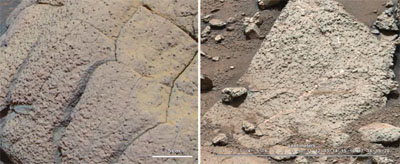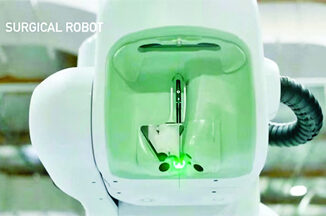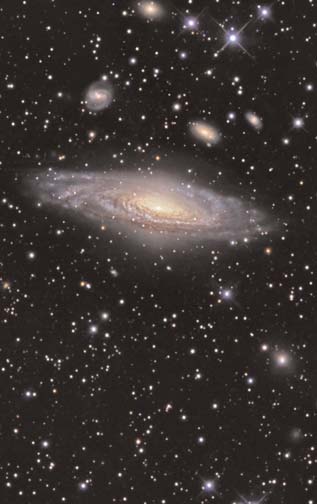
MUMBAI (TIP): The 2.5 billion dollar Curiosity mission has attained a major breakthrough with the sixwheeled one tonne rover finally establishing that ancient Mars could have supported life in the form living microbes, a Nasa announcement said. The announcement said that scientists identified sulphur, nitrogen, hydrogen, oxygen,phosphorusand carbon which are some of the key chemical ingredients for life. These were found in the powder Curiosity drilled in February out of a sedimentary rock near an ancient stream bed in Gale Crater of the Red Planet. It may be recalled that there was considerable speculation that a scientific meeting at San Fransisco sometime back would result in an announcement that the environment of Mars had once supported microbial life. But at a media briefing the scientists did not provide any specific answers to this question.
However, on Tuesday lead scientist for Nasa’s Mars Exploration Programme, Michael Meyer was quoted as saying: “A fundamental question for this mission is whether Mars could have supported a habitable environment. From what we know now, the answer is yes.” According to Nasa, clues to this habitable environment came from the data returned by Curiosity’s Sample Analysis at Mars and Chemistry and Minerology instruments.
The data indicated that the Yellowknife Bent river system or an intermittently wet lake bed that could have provided chemical energy and other favourable conditions for microbes. The rock is made up of a fine-grained mudstone containing clay minerals, sulphate minerals and other chemicals. This ancient wet environment, unlike some others on Mars was not harshly oxidising, acidic or extremely salty, Nasa stated.
Nasa said that scientists were surprised to find a mixture of oxidised, less oxidised, and even nonoxidised chemicals, providing an energy gradient of the sort many microbes on earth exploit to live. “This partial oxidation was first hinted at when the drill cuttings were revealed to be gray, rather than red. Principal investigator, Paul Mahaffy has been quoted as saying that ‘the range of chemical ingredients we have identified in sample is impressive and it suggests pairings such as sulphates and sulphides that indicate a possible chemical energy source of micro-organisms.’ “We have characterised a very ancient, strangely new ‘gray Mars’ where conditions once were favourable for life,” said John Grotzinger, project scientist for the Mars Science Laboratory.





Be the first to comment